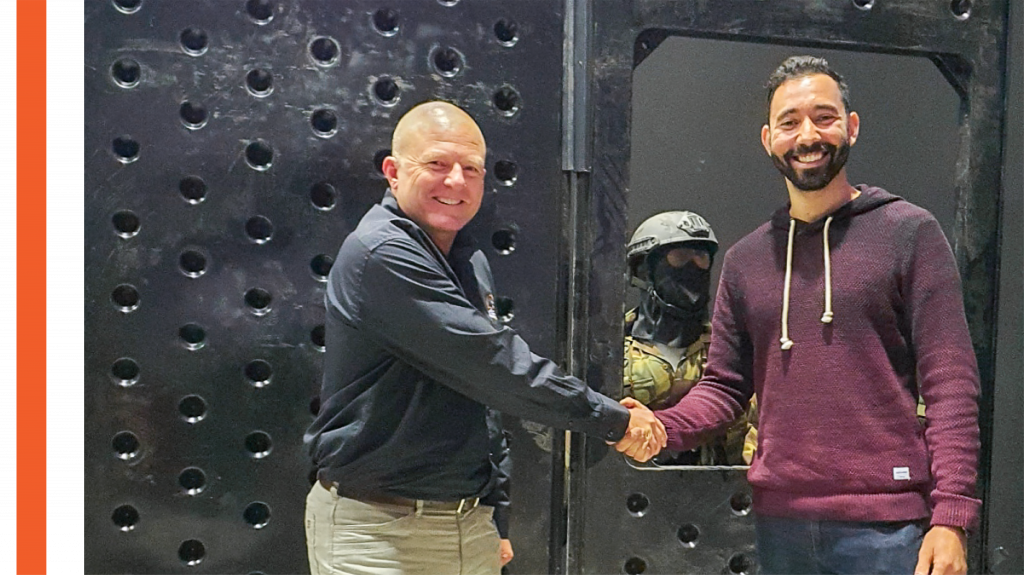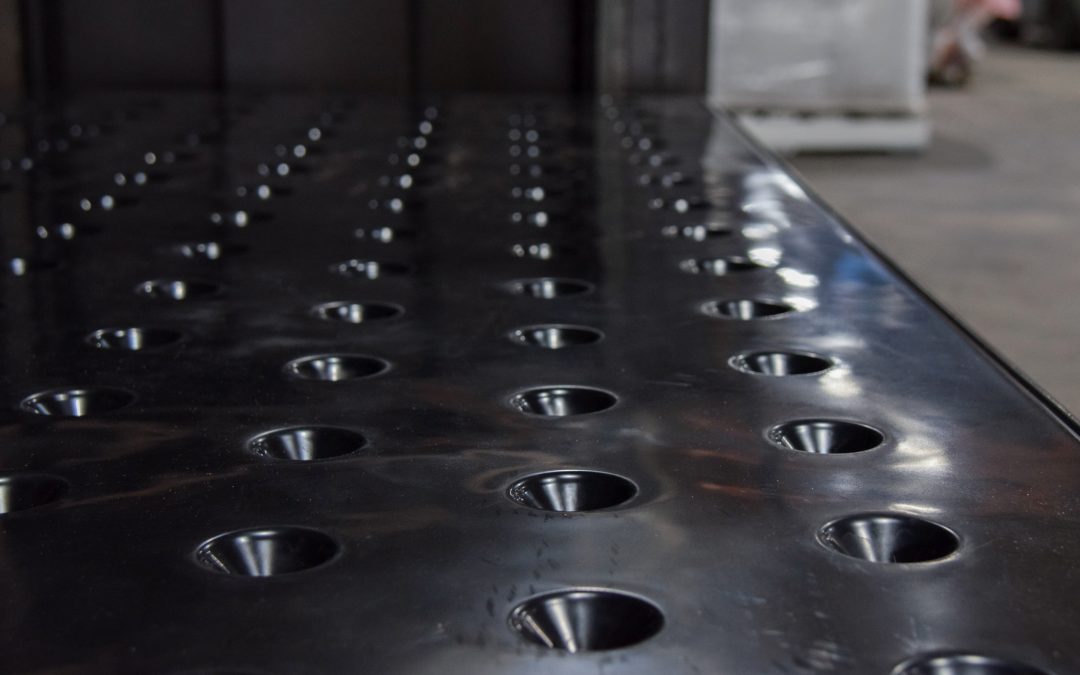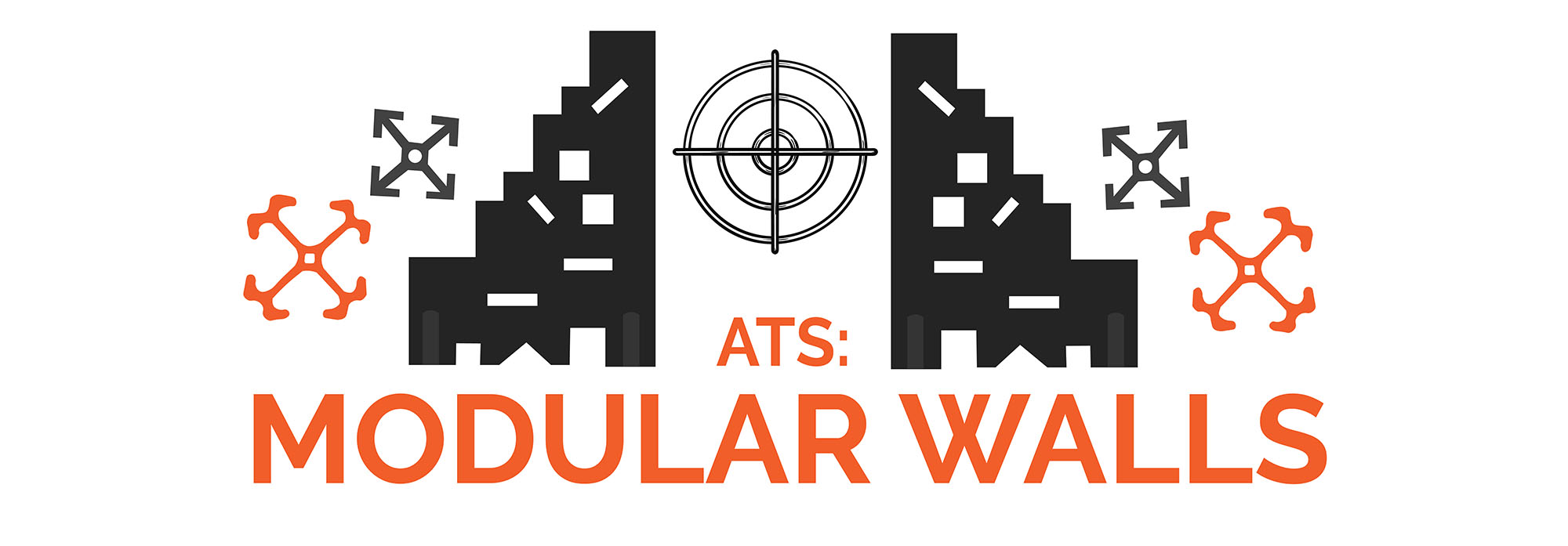
“Make your life a mission – not an intermission.” – Arnold H. Glasgow, American Psychologist.
Previously in this series, we examined the development of ATS’ ballistic vehicles, which we helped make the switch from steel to rotomoulded plastic. This was just the beginning of ATS’ pursuit to innovate and improve industry standards to match modern understandings of occupational traumas.
After talking with the Chief Executive Officer, Kane Mangin, we saw first hand the contagious enthusiasm held by ATS for these projects. Many key staff members in ATS having worked combat jobs in the past themselves, with the founder himself being a veteran of the Second World War. Thus it is no surprise that there is a motivated passion to improve the training of future soldiers, so that they are better prepared for the pressures they will likely experience in the field.
It’s this passion, along with a strong collaboration with industry leaders in design and manufacturing, which gives ATS a significant advantage in developing their training solutions. Like all great products, their purpose drives their design. Following the vehicles, the next project on the radar was actually not designed from scratch. Instead, this project aimed to redesign a ‘new and improved’ version of one of their existing products: the ATS room façade packs, which are used to construct dynamic and changeable ‘rooms’. They aim to simulate a safe, yet realistic urban setting, with the purpose of training pupils in physically navigating the urban environment, as well as conducting risk assessments and approaching high risk situations.
These modular walls are not a new concept in live-fire training. However, ATS’ adaptation are unique in their design, and consequently in their improved training experiences.
TARGETING THE ISSUE
“If you want something new, you have to stop doing something old.” – Peter F. Drucker
For our designers, this project sparked one question continuously throughout the process:should this be treated as a new product, or just a modification of the current one? Or more specifically, to what degree are we variating from the currently existing solutions?
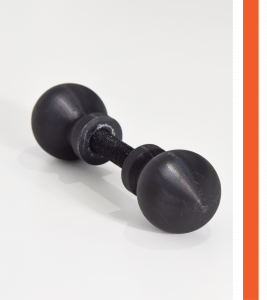 Traditionally, ballistic systems are generally thick, bulky and heavy. We needed to replicate this structural effect, with the additional aim of keeping it lightweight. The room panels needed to be large, light, and strong. It was also vital for the equipment to be economical, yet high enough quality to able to be assembled quickly and easily. This required a great deal of innovative and imaginative thinking in order to reduce the number of assembly parts.
Traditionally, ballistic systems are generally thick, bulky and heavy. We needed to replicate this structural effect, with the additional aim of keeping it lightweight. The room panels needed to be large, light, and strong. It was also vital for the equipment to be economical, yet high enough quality to able to be assembled quickly and easily. This required a great deal of innovative and imaginative thinking in order to reduce the number of assembly parts.
In shorter words, this project was challenging us to design for simplicity.
“Simplicity is a lot more complicated to design than complexity.” – Igor, 2021.
The original room panels were made up of 37 parts. They were held up by frames, which not only broke the immersion in training, but also presented as a safety issue. The frames, while necessary, were a significant trip hazard, and similarly to the steel cars, came with the risk of ricocheting.
The panels needed to serve their original purposes, but the pieces also have to last, and preferably use minimal upfront material with little to no manufacturing waste. The combination of these requirements is what highlighted plastic as the ideal material, but also specified rotomoulding as the most suitable process. Rotational moulding played a significant part in the evolution of ideas into tangible parts, allowing for the production of hollowed yet impact resistant components which are cost effective, and high quality.
“That’s the thing about Rotadyne: if it’s in the mould, that’s all we’re using.” – Kane Mangin, 2020.
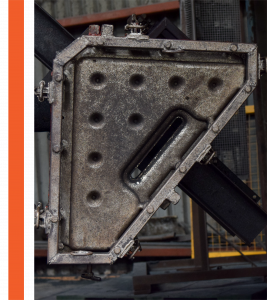 However, with rotational moulding, the largest issue we faced in production were the moulds themselves. In many production methodologies, the quality of the mould dictates the quality of your final product. Whilst we always aim to keep our moulds cost effective and actively consider our clients budget, there are times where upgrading the mould is essential to not compromise the product’s capabilities.
However, with rotational moulding, the largest issue we faced in production were the moulds themselves. In many production methodologies, the quality of the mould dictates the quality of your final product. Whilst we always aim to keep our moulds cost effective and actively consider our clients budget, there are times where upgrading the mould is essential to not compromise the product’s capabilities.
In many cases, investing in inferior moulds, whilst wallet-friendly, can cause defects in the surface of your product which you can’t afford in the long run. It may run the risk of diminishing the products overall quality, as well as an overall increase in cost as the moulds will need to be constantly repaired or even entirely replaced much sooner and more frequently.
Ultimately, product design and manufacturing need to consider the product’s entire life cycle capabilities, from pre-production to its end-of-life conditions.
“We took care to get high quality moulds.” – Igor, 2021
THE NEW AND IMPROVED DESIGN
“Changes call for innovation, and innovation leads to progress.” – Li Keqiang
The revised design was simple, but as established previously in this series, simplicity can become intricate upon application. The entire package decreased from 37 parts to only 12 versatile pieces, and yet has greatly increased its safety, effectiveness, and realism. These results are a reflection of the great collaborative innovation from the ATS and the Rotadyne design teams.
The equipment’s capabilities have expanded to allow for a larger range of setups and training scenarios. Available in a variety of shapes and forms, including windows and doorway options, the room panels are connected by universal joiners, allowing for them to be combined and constructed into any setting or framework. They also include bashable doors, which are easily equipped as bridge doors. This means practically any urban setting can be replicated and easily reassembled.
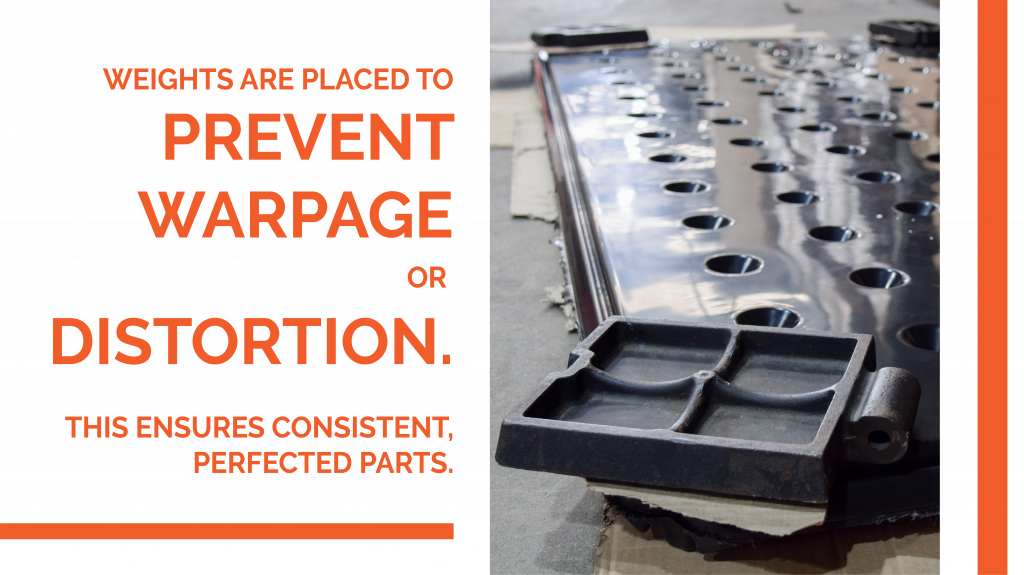
The joiners for the walls are pretty consistent with previously available universal joining systems, only requiring some fine tuning to perfect the wall thickness for strength, and ensuring the sizes of the insertion slots. They are able to secure walls in 90 degree increments, creating flexibility in wall positioning, and do not require any additional bolts or screws. These are extrusion moulded by our partners PCA (which you can read about here).
“The walls had less criteria to meet [compared to the vehicles], but more testing and fine tuning of the universal joining system. The design was simpler, but its application is more intricate.” – Igor Silva, 2021
An increase in safety was a main motivation, and an emphasised consideration, for the new design of these walls. Ironically, we achieved this by removing the existing, yet outdated, safety processes. Instead, we changed the approach. As aforementioned, companies have previously used frames or supporting brackets, which were previously a trip hazard and additionally were profoundly unrealistic. We have replaced these with counterbalancing walls and universal joiners to create free-standing and easily assembled panels, with no need for protruding, hazardous frames.
Much time was also spent making the ATS room panels “soldier-proof”, meaning easy to assemble and capable of withstanding battery. All parts are also now ballistic, using fillers such as sand and beads to prevent any potential injury.
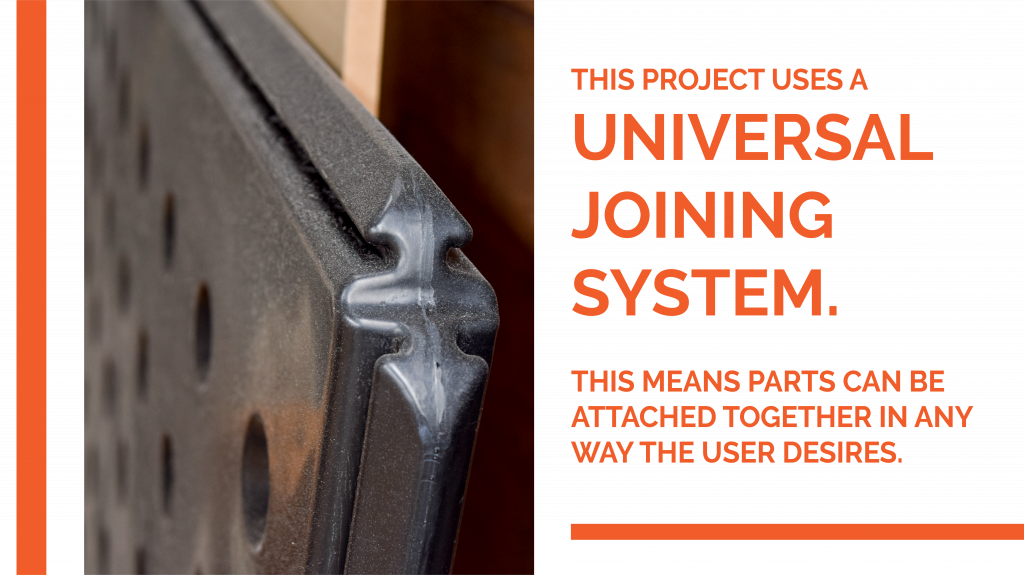
TEAMWORK
“Teamwork is the ability to work together toward a common vision. The ability to direct individual accomplishments toward organizational objectives.” – Andrew Carnegie
With both the products we have briefed in this series, none of the progress made would have been possible without the equal efforts and collaborations between the ATS experts and our dedicated Rotadyne members.
This partnership is a glowing example of the incredible results found when Australian businesses unite towards a common goal, strengthening our industries, our economies, and our people. Not only does this particular project help to benefit our military and defence forces in a practical sense, but it also brings much needed support to the individuals within the industry itself who are eager to progressively improve it.
This project also takes steps in the right direction in the push for sovereign industrial capability. This refers to the Australian defence force being supported and equipped with systems and materials made by Australian industries, which can also serve as exportable commodities. Being able to source for Australia, within Australia, is invaluable, particularly during recent globally impactive events which invoke us all with a sense of vulnerability, as well as a deep desire for union, collaboration and Australian innovation. The collaboration between Rotadyne and ATS is a fantastic example of putting ‘Team Australia’ into practice.
“[We want to] spread and solidify the footprints for [manufacturing] capacity in Australia.” – Kane Mangin, 2020
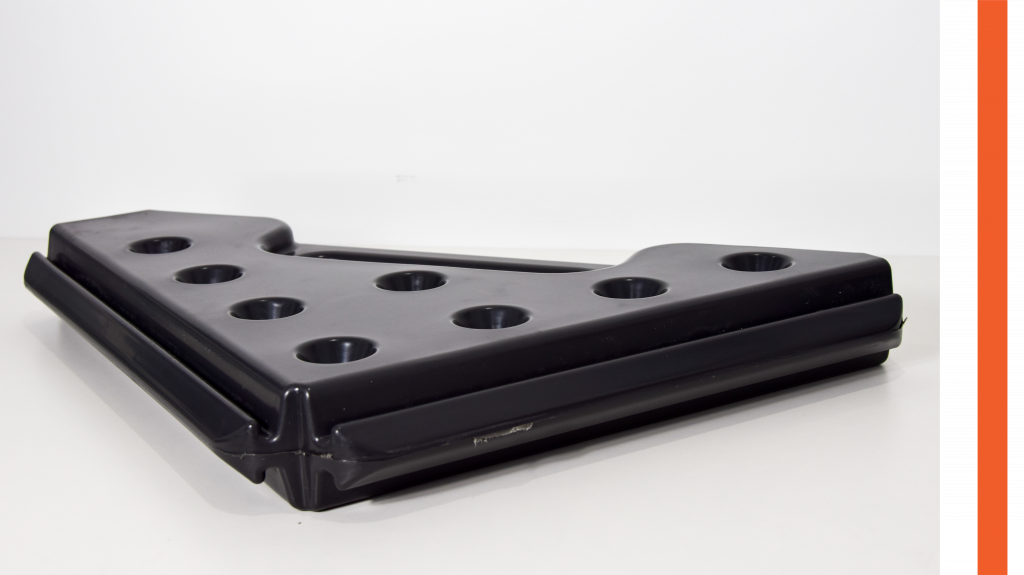
In summary, ATS had the ideas, and Rotadyne had the solutions to make them a reality. This story, simply put, is about Aussie companies doing their part to change Aussie lives.
“Rotadyne helps come up with solutions… you’re the glue that keeps us together!” – Kane Mangin, 2020.
In the next and final instalment, we aim to look deeoer into the learning curve made within combat industries regarding the psychology and process of combat conditioning, which ultimately has inspired this project, and shaped our understanding of the importance and impact this project holds.
Whilst our expertise is in design and manufacturing, we know that there’s a lot more behind the idea than meets the eye. Every product has layers of research and information behind its development and purpose. Understanding the ‘why’ of a product helps guide us towards a more effective “how”, and boosts our ability to turn ideas into inspiring, impactful products which really make a difference.
Ultimately, design is driven by innovation, commitment to purpose, research, and most of all, passion for inciting change where change is needed the most.
